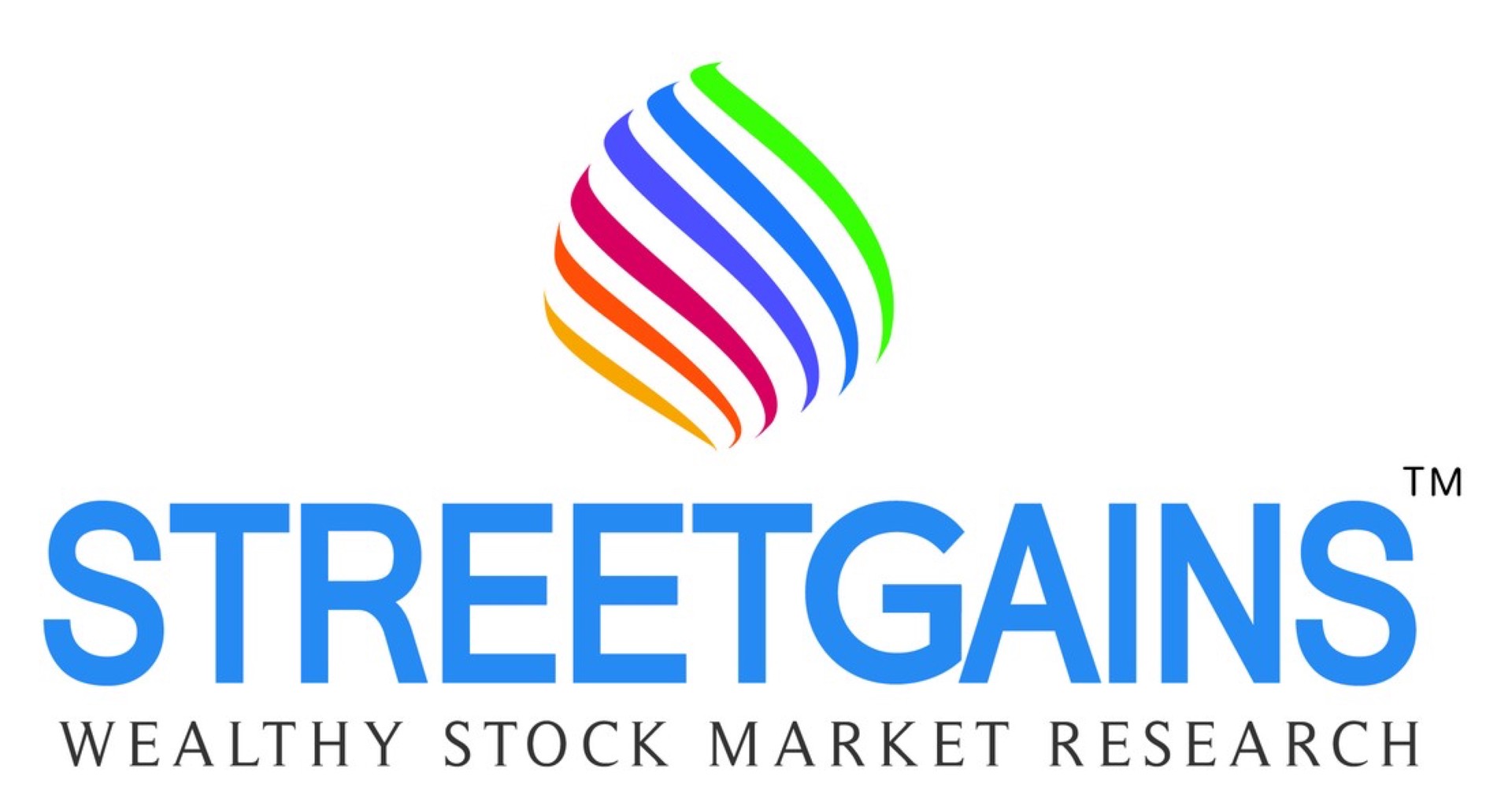Understanding GDP: What It Reveals About Our Economy
In the realm of economics, few terms are as widely used and as crucial for understanding the state of a nation’s economy as GDP. But what exactly is GDP, and what insights does its data provide us? Let’s understand this fundamental concept and explore what GDP reveals about our economic landscape.
What is GDP?
GDP, or Gross Domestic Product, is a measure of the total value of all goods and services produced within a country’s borders during a specific period, usually a quarter or a year. It serves as a yardstick for assessing the overall economic health and performance of a nation.
Why is GDP important?
GDP acts like a vital sign for an economy, offering insights into:
- Economic health: A rising GDP generally indicates a growing economy, potentially translating to job creation and rising incomes.
- Comparison between countries: By comparing GDPs, we can get a sense of the relative size of different economies.
- Policy decisions: Governments and businesses use GDP data to make informed decisions about spending, investment, and economic policies.
Latest update about Indian GDP:
In Q3FY24, the Indian economy outperformed expectations, growing at 8.4%, surpassing the predicted 6.6% rate. However, a significant divergence between GDP and GVA raised concerns, with GVA growth at 6.5%. Economists caution that the high GDP may not reflect balanced growth, citing a decline in agriculture, uneven private consumption, and increased reliance on public capex. -Economic Times
Key Insights from GDP Data:
- Economic Growth: One of the primary insights provided by GDP data is the rate of economic growth. When GDP is increasing over time, it indicates that the economy is expanding, generating more wealth and opportunities. Conversely, a declining GDP suggests economic contraction, signalling potential challenges such as recession or slowdown.
- Standard of Living: GDP per capita, obtained by dividing GDP by the population, offers valuable insights into the average standard of living within a country. Higher GDP per capita generally correlates with a higher standard of living, indicating greater access to goods and services for the population.
- Income Distribution: While GDP provides an aggregate measure of economic output, it doesn’t reveal how that output is distributed among the population. Disparities in income distribution can exist even in countries with high GDP, highlighting the importance of considering factors like income inequality alongside GDP data.
- Business Investment: Changes in GDP can influence business investment decisions. During periods of economic growth, businesses may be more inclined to invest in expansion, hiring, and innovation. Conversely, economic downturns may lead to reduced investment as businesses seek to mitigate risks.
- Government Policy: GDP data plays a crucial role in informing government policy decisions. Policymakers rely on GDP trends to gauge the state of the economy and formulate appropriate fiscal and monetary policies. For instance, during economic downturns, governments may implement stimulus measures to spur growth and alleviate hardship.
- International Comparisons: GDP data enables comparisons of economic performance among different countries. It facilitates assessments of relative strengths and weaknesses, aiding economists, policymakers, and investors in understanding global economic dynamics.
Beyond the numbers:
It’s important to remember that GDP is just one metric and doesn’t capture everything. It doesn’t tell us about:
- Income inequality: While GDP may be rising, the benefits may not be equally distributed across the population.
- Environmental impact: Economic growth often comes at an environmental cost, which GDP doesn’t consider.
In conclusion, GDP serves as a vital tool for comprehending the economic landscape, providing insights into growth, standard of living, income distribution, business investment, government policy, and international comparisons. However, it’s essential to recognize that GDP is just one measure and may not capture all aspects of economic well-being.
Check out Bullish India smallcases
Liked this story and want to continue receiving interesting content? Watchlist Bullish India’s smallcases to receive exclusive and curated stories!
Disclaimer: This newsletter is for informational purposes only and should not be considered investment advice. Please consult with a financial advisor before making any investment decisions.
Investments in securities market are subject to market risks. Read all the related documents carefully before investing. Registration granted by SEBI, membership of BASL (in case of IAs) and certification from NISM in no way guarantee performance of the intermediary or provide any assurance of returns to investors


























































